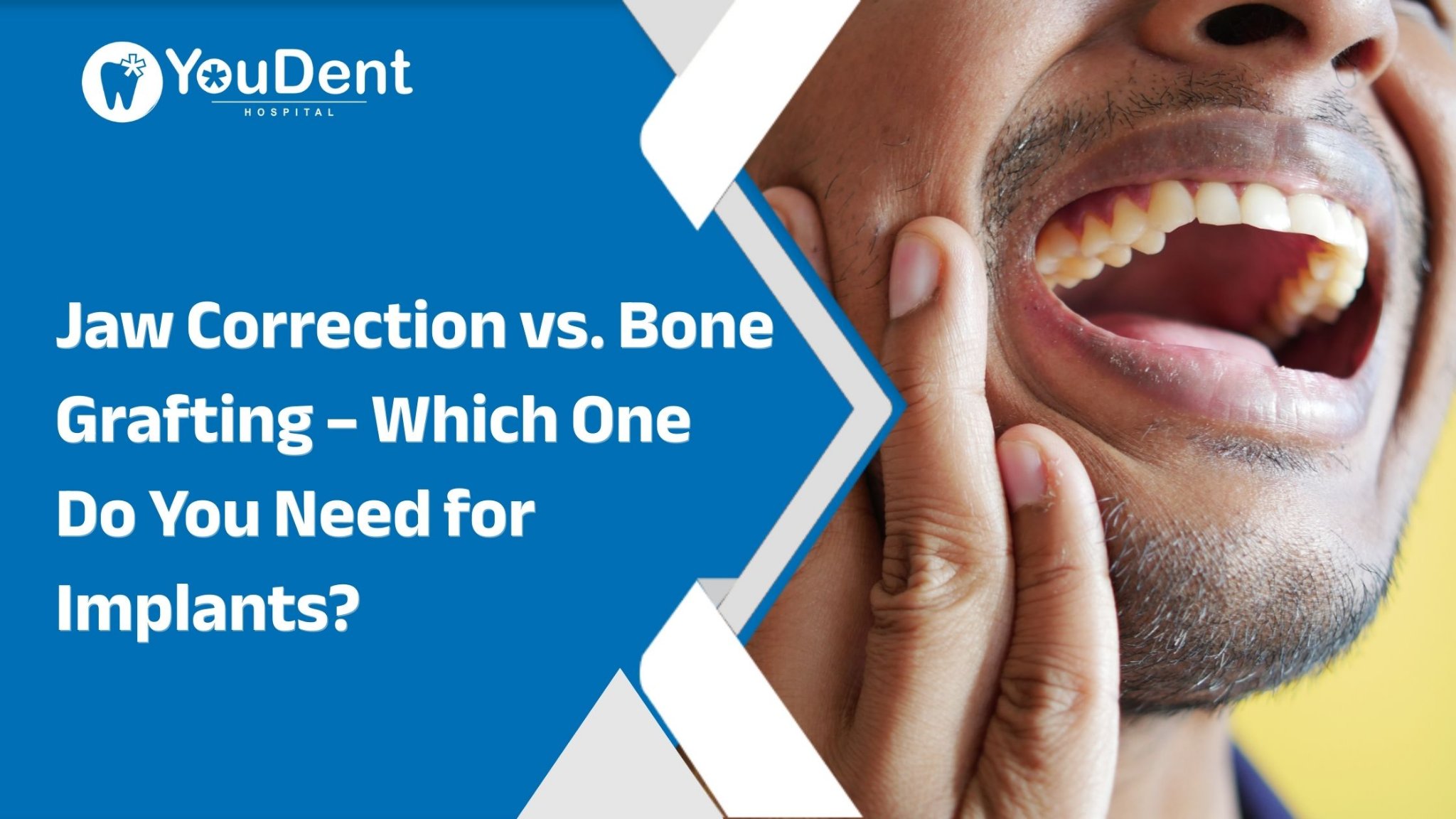However, even though composite bonding has proven a suitable cosmetic solution for those grappling with the dissatisfaction of an imperfect tooth, a question often posed by patients is, can it whiten teeth?
As with any nuanced medical inquiry, the answer resides not in the extremes of yes or no but in the shaded complexities of dental science and individual preferences.
Understanding Composite Bonding
Before delving into the potential of composite bonding to alter the colour of your teeth, it is essential you come to terms with the nature of the procedure. Composite bonding involves the application of a tooth-coloured resin material to the teeth. This resin is sculpted to the desired shape, hardened with a specialised light, and polished to blend seamlessly with the surrounding tooth structures. It is typically employed to repair chips, close gaps, or amend shape inconsistencies, subtly transforming a smile without the rigour of more invasive procedures.
The Distinction between Whitening and Composite Bonding
Teeth whitening, in the traditional sense, refers to the chemical process of bleaching the teeth to achieve a lighter shade. This is often accomplished with peroxide-based compounds that penetrate the enamel to break down and disperse stains, causing discolouration. In contrast, composite bonding does not alter the intrinsic colour of the teeth but can offer a façade of whiteness by covering stained or discoloured tooth surfaces.
The Possibilities and Limitations of Composite Bonding
When pondering the possibilities of composite bonding, it is necessary to recognise its limitations. Composite bonding material comes in various shades, and a skilled dentist can select a colour that is a shade lighter or closely matches your teeth’s hue, ostensibly “whitening” the appearance of the teeth. However, this is a surface-level solution, a mask over the existing enamel, not a change to the tooth’s colour.
Moreover, the material used in composite bonding does not respond well to traditional whitening treatments. Should you opt to whiten your teeth after bonding, a colour discrepancy may develop between the natural teeth and the bonded areas, necessitating a replacement to match the new, lighter shade of the natural teeth.
Although composite bonding offers a comparatively swift and cost-efficient route to an enhanced smile, it does not boast the same durability as other dental restorations like veneers or crowns. Over time, the bonding material may chip or stain, requiring regular maintenance or replacement. The resin used in the procedure is also more susceptible to staining than natural tooth enamel. Hence, if you opt for composite bonding, you should be vigilant of your oral hygiene practices and mindful of how you consume stain-inducing substances like coffee, red wine, and tobacco.
Getting a Composite Bond
The choice to opt for composite bonding must be informed by a candid dialogue with a dental professional. In these meetings, a thorough examination and discussion about expectations and lifestyle can guide your decision. For instance, if you seek a uniform, brighter smile, you may consider professional whitening before bonding to ensure colour consistency. Others might find composite bonding a standalone solution that sufficiently addresses their cosmetic needs.
Final Remarks
Composite bonding is not a panacea for dental issues, but it can give your teeth some appearance of whiteness and certainly offers a viable path to a more confident smile. Whether composite bonding is the right choice for you depends on a constellation of factors—oral health, cosmetic goals, and lifestyle considerations. It necessitates a candid consultation with a dental professional – a practitioner who can survey the oral landscape, align with your ambitions, and chart a course for dental redemption.
Do you reside in Surrey and require a teeth whitening or composite bonding Surrey specialist? The Walton Practice offers a host of dental services that cover these procedures and many more, like Invisalign, dental implants and gum treatments.











